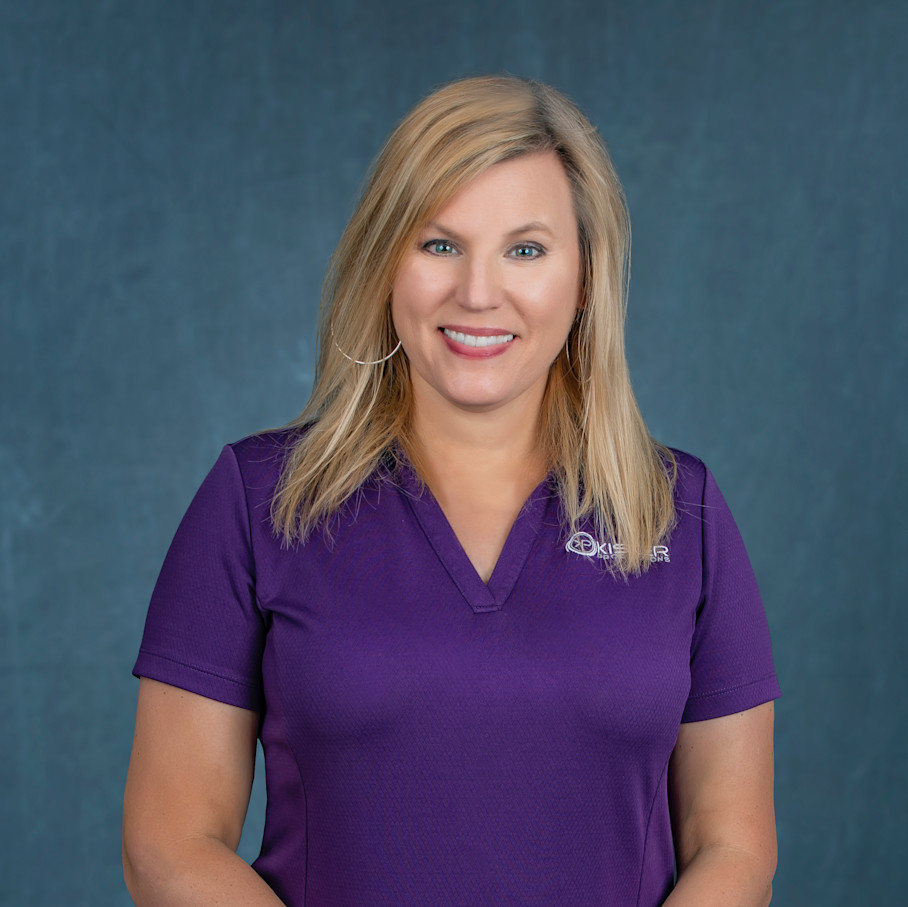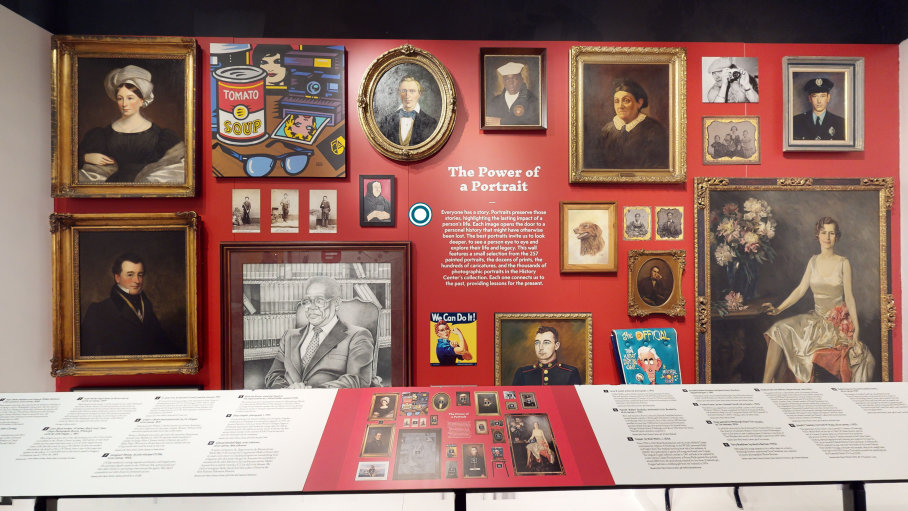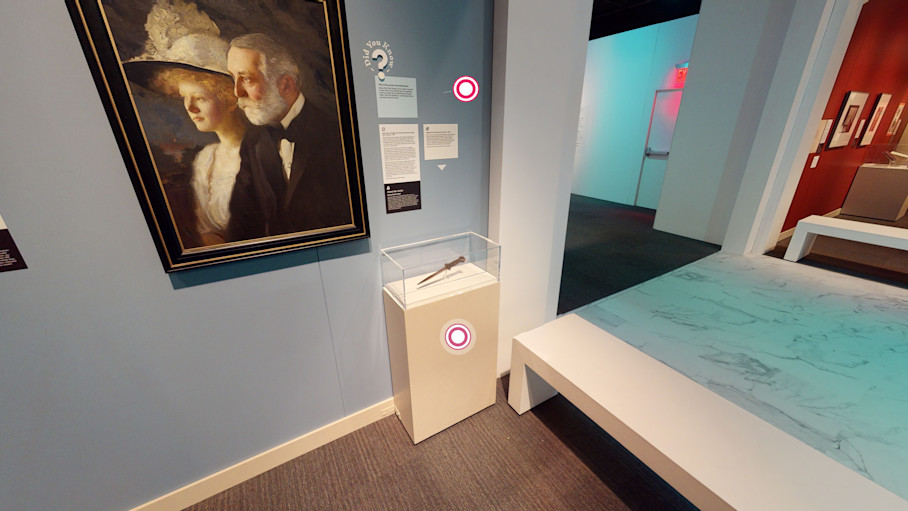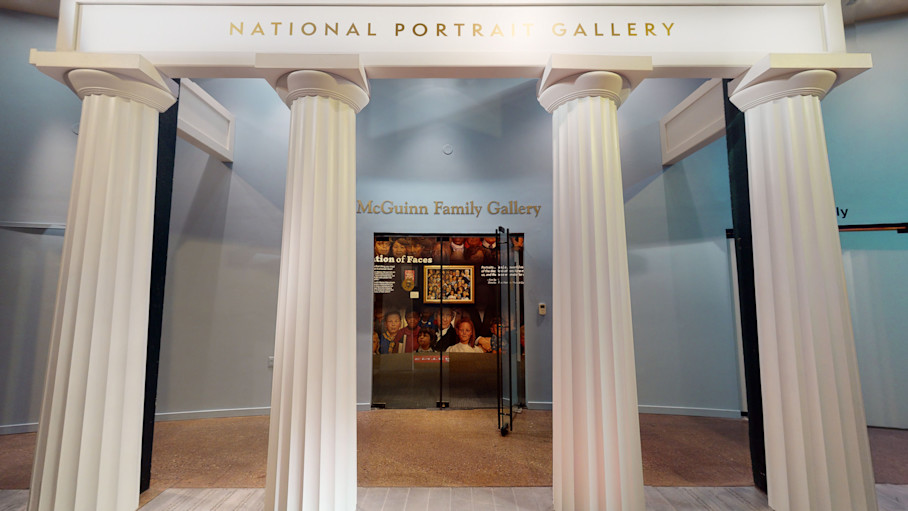Step inside America’s past at the Senator John Heinz History Center
Pennsylvania's largest history museum and Kisker Productions have partnered up to preserve this limited-time exhibit
The Senator John Heinz History Center is proud to not only be an affiliate of the Smithsonian Institution, but also the largest history museum in the state of Pennsylvania. However, when the museum was gifted one of the largest loans of artwork ever shared by the Smithsonian, its time with the collection was cut short due to the global outbreak of COVID-19. Fortunately, thanks to

Kisker Productions’ use of Matterport 3D technology, the exhibit is now able to permanently welcome visitors.
The exhibit, Portraits of Pittsburgh: Works from the National Portrait Gallery, includes a wide range of original paintings, photographs, and even one-of-a-kind artifacts highlighting America’s history. We caught up with Gwen Kisker, Co-Founder, and Co-Owner of Kisker Productions, to learn more about this amazing collection and how her team was able to capture it using Matterport technology.

What inspired the 3D capture of this space?
The Senator John Heinz History Center wanted to capture and preserve the temporary exhibit, Smithsonian’s Portraits of Pittsburgh: Works from the National Portrait Gallery, which appeared in the museum for six months in 2020. Because of the restrictions from the COVID-19 pandemic, this exhibit was not accessible in person for part of those months — so Matterport 3D was the perfect way to share the space with the public! As one of the largest loans of artwork ever shared by the Smithsonian in Washington D.C., the exhibition included original paintings, photographs, artifacts, and digital images showcasing Americans from Western Pennsylvania.
What are the “must-sees” you want visitors to explore and why?
For Industrial Revolution history buffs, the dagger used by an anarchist to attack Henry Clay Frick in the deadly Homestead Steel Strike is an important artifact. The 1892 strike began with millionaire owner Andrew Carnegie determined to lower costs of production by breaking the union. The riot resulted in National Guard forces taking control after seven workers and three company security guards died. This single event set back union organizing for 26 more years until the last months of World War I.

What’s the one thing you want visitors to take away after exploring your 3D tour?
The industries and innovations birthed in Pittsburgh led the United States into the 20th century — from the steel industry to the railroad, energy production, and banking. The names are familiar: Andrew Carnegie, George Westinghouse, Henry Clay Frick, Andrew Mellon. This virtual tour and its Mattertags explain the complicated legacies of more than 100 history makers from Western Pennsylvania.

Do you have any plans to capture more 3D experiences?
Our company, Kisker Productions, specializes in capturing unique and important spaces with Matterport 3D. We’ve created virtual tours for Phipps Conservatory, the Fort Pitt Museum, the Heinz History Exhibit: American Democracy: A Great Leap of Faith, The Roberto Clemente Museum, and the Nemacolin Resort, the site of Matt’s season of “The Bachelor”. We’ve captured film locations in the Pittsburgh area for Netflix too, including difficult outdoor and indoor spaces. Netflix used these models to help their staff create sets for Archive 81 and other projects without needing to travel to town.
Anything else you would like to add?
I want to encourage other Matterport photographers to expand their capture services beyond real estate. While the virtual tours are perfect for people buying homes, it’s also the most intuitive, robust technology for all kinds of spaces: schools, churches, businesses, museums, or parks. We’ve been able to push Matterport to its limit. Our latest scan at Calvary Episcopal Church in Pittsburgh contains over 1000 scans. If you become savvy at the differences and strengths between the 360 cameras accepted in the Matterport 3D models, no space is off-limits.
